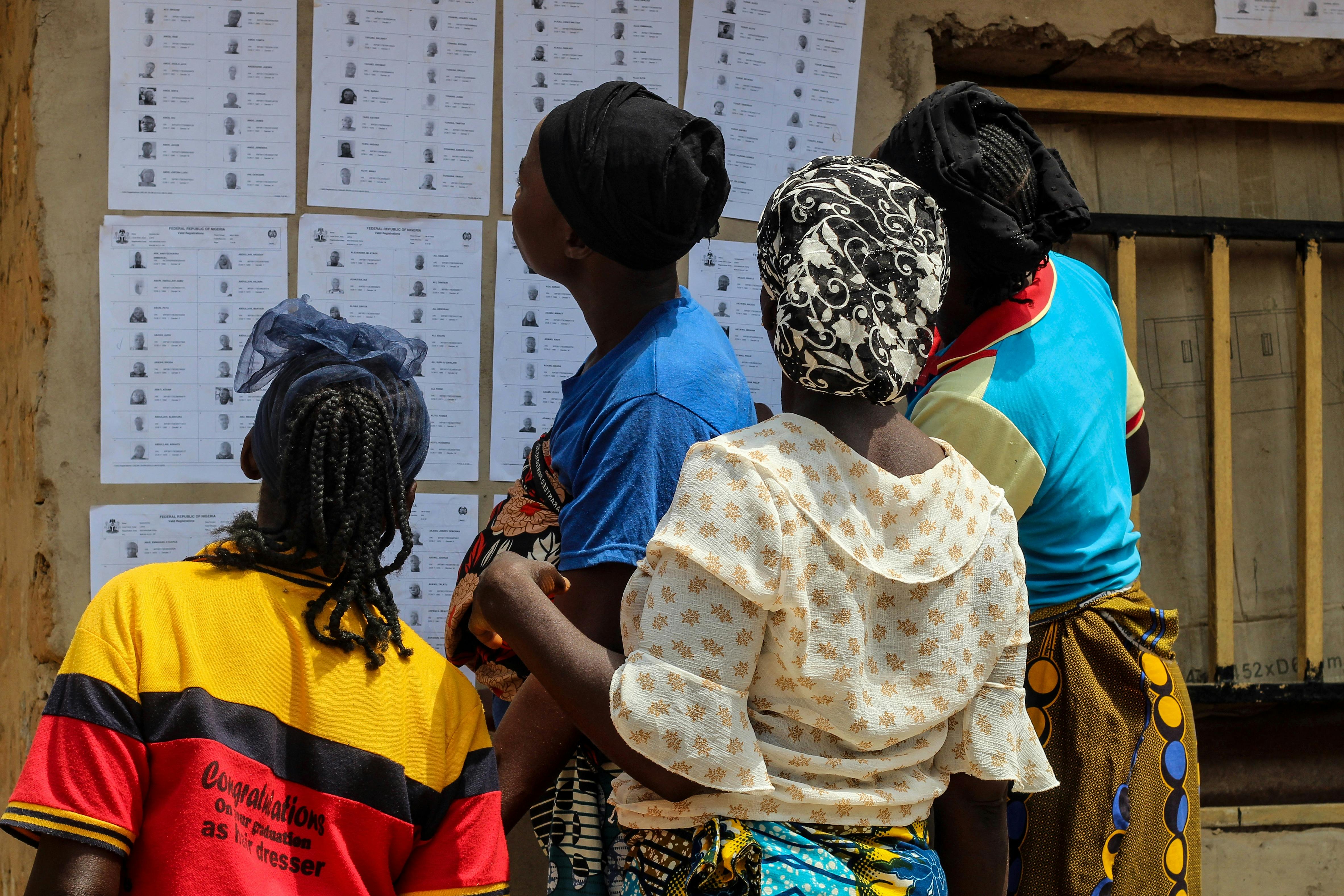Social Desirability Bias: Election Prediction’s Black Hole
The Black Hole of Election Data: Where Do Predictions Go Wrong?
October 14, 2025The Silent AI Revolution: Invisible Integration Threat
October 16, 2025Social Desirability Bias: Election Prediction’s Black Hole

In the high-stakes world of political forecasting, we data scientists have become the modern-day oracles, wielding complex algorithms and mountains of polling data to predict electoral outcomes. Yet time and again, our most sophisticated models collapse spectacularly when faced with the messy reality of human behavior. The question that haunts every veteran analyst isn’t about which variables to include, but rather which fundamental force consistently warps our predictions beyond recognition. Like astronomers discovering that their celestial maps fail to account for invisible gravitational anomalies, we’re forced to confront the dark matter of political science—the one non-obvious variable that routinely derails even our most carefully calibrated forecasts.
The Gravitational Anomaly of Social Desirability Bias
Much like how astronomers first inferred black holes through their gravitational effects on visible matter rather than direct observation, we detect our prediction-killer through its systematic distortion of survey responses. Social desirability bias operates as political data’s event horizon—the point beyond which truthful responses cannot escape public perception. Voters systematically misrepresent their preferences when faced with questions about controversial candidates or policies, creating data that looks clean and reliable but contains fundamental flaws that compound through our models. This isn’t random noise; it’s a directional force that consistently pulls responses toward socially acceptable answers while hiding true intentions in the unobservable space between what people say and how they actually vote.
The Hawking Radiation of Political Expression
Just as black holes emit subtle radiation that betrays their presence, social desirability bias leaves detectable signatures in our data if we know where to look. The mismatch between:
- Traditional polling and online behavior metrics
- Stated preferences and digital footprint analysis
- Public declarations and private information consumption patterns
reveals the radiation of true political leanings. Like astrophysicists studying the faint glow around celestial voids, we must become experts in reading these subtle emissions—the hesitation in response times, the pattern of non-responses to sensitive questions, the discrepancy between phone and online survey results. These aren’t data imperfections to be smoothed away; they’re the very evidence we need to correct for the gravitational pull of social conformity.
Event Horizon of the Secret Ballot
The ultimate proof of social desirability bias’s predictive destruction comes at the moment voters cross the physical threshold of the voting booth—the political equivalent of crossing a black hole’s event horizon. Beyond this point, the laws of social physics change dramatically. The pressure to conform vanishes, and true preferences emerge unfiltered. This explains why:
- Pre-election polls systematically underestimate support for socially contentious candidates
- “Shy voter” phenomena consistently surprise pundits
- Models based on stated intentions fail when private actions take over
The voting booth creates an information vacuum where our usual observational tools cannot reach, rendering predictions based on public behavior fundamentally unreliable.
Navigating the Data Singularity
To build election models that don’t collapse into predictive singularities, we must stop treating social desirability bias as statistical noise and start treating it as a fundamental force in political physics. This requires:
- Developing indirect measurement techniques that bypass conscious response filters
- Creating correction algorithms that account for the systematic warping of response data
- Building models that simulate the transition from public to private political expression
- Recognizing that some political preferences exist in states we cannot directly observe
Like cosmologists mapping dark matter through its gravitational lensing effects, we must learn to map the true distribution of political preferences through their distorting effects on the data we can observe.
After two decades watching election models implode with depressing regularity, I’ve concluded that our fundamental error lies in treating voter preferences as directly observable phenomena. The astrophysics analogy reveals the core problem: we’re trying to map political universes using telescopes that cannot see dark matter. Social desirability bias isn’t merely a methodological nuisance; it’s the black hole at the center of our predictive galaxy, warping everything that passes near it. Until we develop the political equivalent of gravitational wave detectors—instruments capable of measuring the hidden forces shaping electoral outcomes—our models will continue to collapse at the moment of truth. The solution isn’t better polling or more sophisticated algorithms, but a fundamental rethinking of what’s actually measurable in the fraught space between public opinion and private conviction.